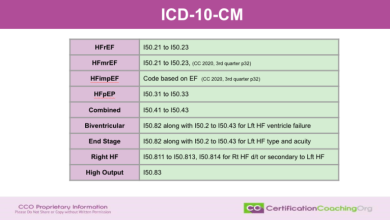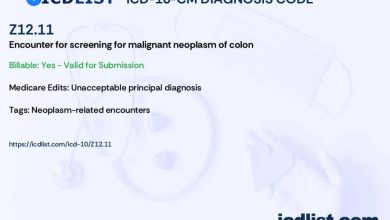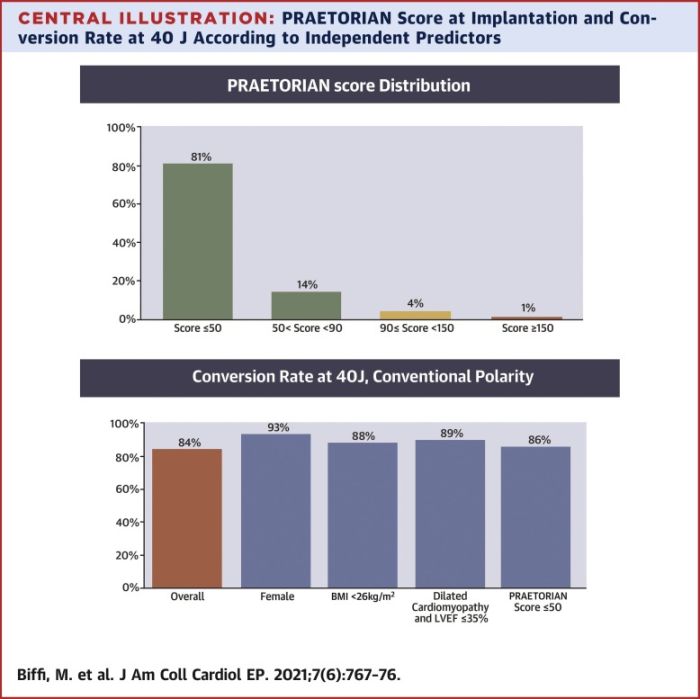Cracking The Code: Understanding Hashimoto’s Thyroiditis With ICD-10
Unraveling the Mystery: Hashimoto’s Thyroiditis Explained
Have you ever felt like your body was working against you? Like there was a mystery lurking within, causing you to feel tired, sluggish, and just not quite yourself? If so, you may be experiencing the effects of Hashimoto’s Thyroiditis.
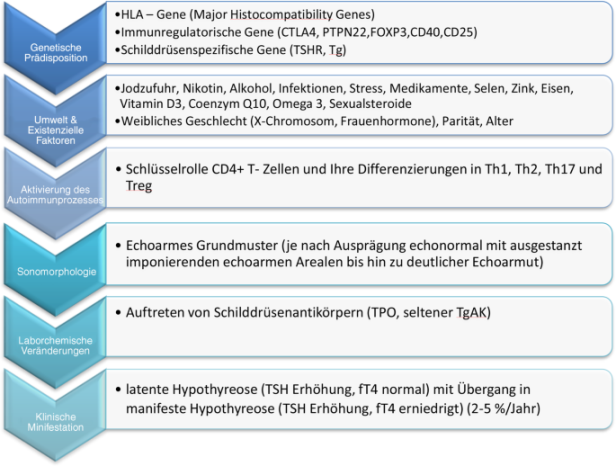
Hashimoto’s Thyroiditis is an autoimmune disorder where the immune system attacks the thyroid gland, causing inflammation and interfering with its ability to produce hormones. This can lead to symptoms such as fatigue, weight gain, hair loss, and even depression. It is estimated that around 14 million Americans are affected by this condition, with women being more likely to develop it than men.
But fear not, understanding Hashimoto’s Thyroiditis doesn’t have to be a mystery. By cracking the code and delving into the intricacies of this condition, we can shed light on how it affects the body and how it can be managed with the help of ICD-10 coding.
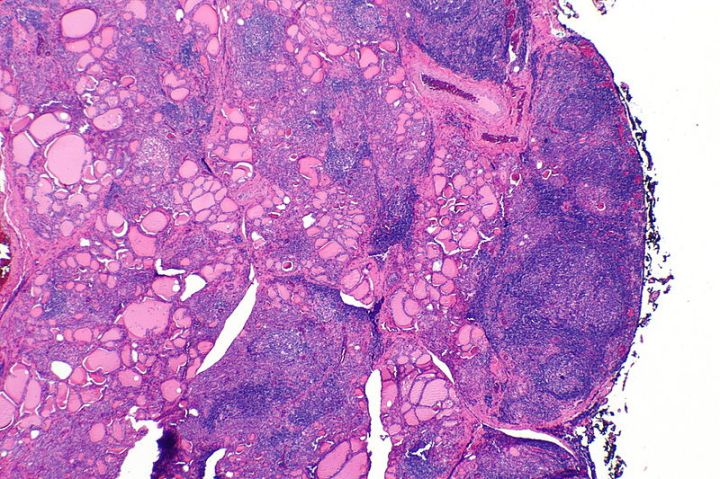
When it comes to diagnosing Hashimoto’s Thyroiditis, healthcare professionals rely on a variety of tools and tests to confirm the presence of the condition. These may include blood tests to measure thyroid hormone levels, antibodies, and imaging tests such as ultrasounds to assess the size and appearance of the thyroid gland. Once a diagnosis is made, the next step is to navigate the world of ICD-10 coding to accurately document and track the condition.
ICD-10 coding is a system used by healthcare providers to classify diseases and medical conditions for billing and statistical purposes. When it comes to Hashimoto’s Thyroiditis, the ICD-10 code to remember is E06.3. This code specifically refers to autoimmune thyroiditis, which includes Hashimoto’s Thyroiditis as well as other types of autoimmune thyroid disorders.

By understanding and utilizing the correct ICD-10 code for Hashimoto’s Thyroiditis, healthcare providers can accurately document the condition in medical records, ensuring proper treatment and management. This code helps to streamline communication between healthcare professionals, insurance companies, and other stakeholders involved in the care of patients with Hashimoto’s Thyroiditis.
In addition to proper coding, managing Hashimoto’s Thyroiditis involves a multi-faceted approach that may include medication to replace thyroid hormones, dietary changes to support thyroid function, and lifestyle modifications to reduce inflammation and improve overall health. It’s important for individuals with Hashimoto’s Thyroiditis to work closely with their healthcare team to develop a personalized treatment plan that addresses their unique needs and symptoms.

So, if you’ve been struggling with unexplained fatigue, weight gain, or other symptoms of Hashimoto’s Thyroiditis, know that you’re not alone. By unraveling the mystery of this condition and understanding how it can be managed with the help of ICD-10 coding, you can take control of your health and start feeling like yourself again.
In conclusion, Hashimoto’s Thyroiditis may be a complex and mysterious condition, but with the right knowledge and resources, it can be demystified and managed effectively. By using the ICD-10 code E06.3 to document the condition, healthcare providers can ensure accurate and efficient communication regarding the diagnosis and treatment of Hashimoto’s Thyroiditis. So, don’t let this autoimmune disorder hold you back – crack the code, understand Hashimoto’s Thyroiditis, and take charge of your health today.






